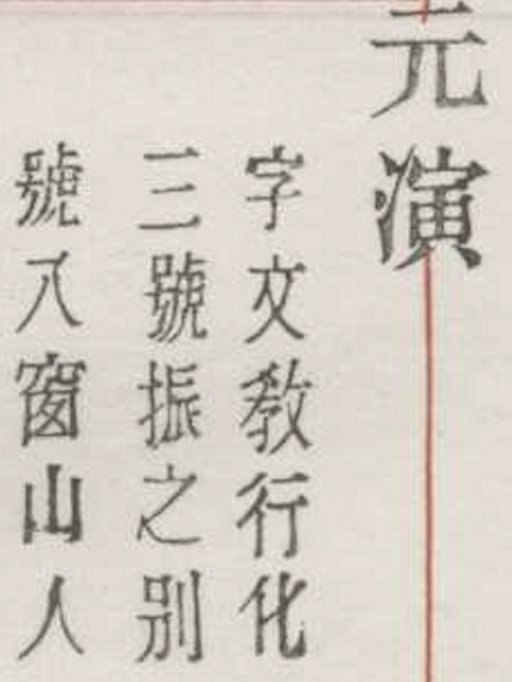By Ted Marr, 25th Gen
In China, each person often has many names. It can get complicated. A good general introduction is this Wikipedia article.
In our Genealogy, everyone has a formal name. And the formal name almost always has three characters: The surname character, the generation name character, and the given name character, in that order. The generation name (see this page) is important for understanding the Genealogy and how it fits into the Genealogy scheme.
Nearly everyone in the genealogy has a “Style Name” or “Courtesy Name” Zi 字, which, in our family, was originally decided for the first 24 generations. Still, it was not decided for the last 20 generations (25th onward). Sometimes this is referred to as “Courtesy Name.” Traditionally, it is often used by a person’s peer or in the context of “formal writing.” In earlier days, it was not appropriate or polite to address a person by his formal name. Therefore, a Zi is essential. This practice was abandoned after the May Fourth Movement in 1919.
Here is an example of Elder Yuan Yan.

If you read carefully through all the generations, you would find there are many exceptions. Someone, somewhere, and for some unknown reasons, just decided not to follow the rules.
When a person gets appointed to an official position, he often would take on another name. That name can vary greatly.
Many people take on other names: Nickname 号, baby name 乳名 or 小名, school name 学名, courtesy name 字, pseudonyms 笔名, temple name 廟號. An assortment of these names appears in our genealogy records.